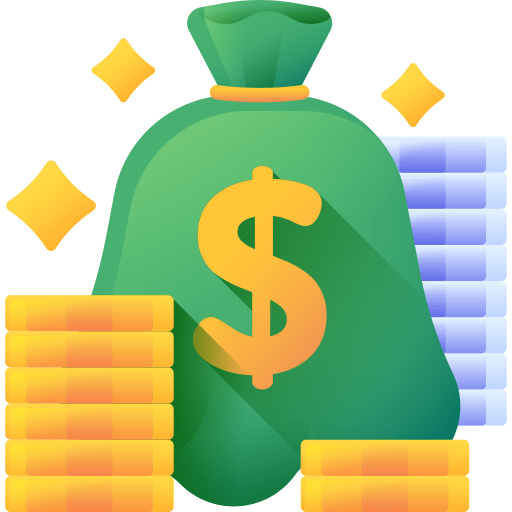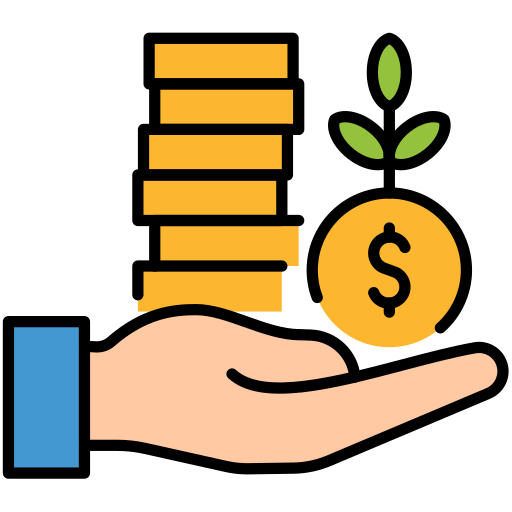Introduction
Carrying debt can feel like a heavy weight, limiting your financial freedom 💳 and adding stress to everyday life. Debt-free living is more than just paying off loans—it’s about reclaiming control over your finances, gaining confidence in your money decisions, and creating room to focus on what truly matters. When you reduce debt, you can save more, invest wisely, and pursue your long-term goals without being burdened by financial obligations.
This guide provides practical, actionable strategies to help you manage spending, pay off debts efficiently, and build a sustainable plan toward financial independence 💼. From understanding the structure of your debts to implementing effective repayment strategies, this step-by-step approach empowers you to take control and achieve a secure, stress-free financial future.
Step 1: Assess Your Debt

Before tackling debt, you need a clear picture of what you owe. List all liabilities, including credit cards 💳, personal loans 💰, student loans 🎓, and other obligations. Include balances, interest rates, minimum monthly payments, and due dates. This overview helps you understand which debts are costing the most and guides your repayment decisions.
Prioritize paying off high-interest debts first, as this strategy reduces the overall interest you pay and accelerates your path to freedom. Track your progress visually using spreadsheets, apps, or charts 📊. Seeing debts shrink can be incredibly motivating. For practical tools and advice, check CFPB: Debt Management Tools.
Step 2: Create a Budget

Creating a realistic budget 📊 is the foundation of a debt-free life. A good budget ensures you live within your means 💵 while prioritizing debt repayment. Begin by tracking your monthly income 💰 and expenses. Then, identify areas to cut unnecessary spending ✂️ and redirect funds toward your debts.
Methods like the 50/30/20 rule ⚖️ help balance necessities, wants, and savings. Visual tools like apps, charts, and spreadsheets make monitoring easier and motivate consistent adherence. Learn more about budgeting techniques at Budgeting Basics .
Step 3: Choose a Debt Repayment Strategy

Select a repayment strategy 🔄 that suits your financial situation. The Debt Snowball ❄️ focuses on paying off smaller debts first, giving you early wins and motivation. The Debt Avalanche ⛰️ targets high-interest debts to minimize interest payments over time. If you have multiple debts, consider debt consolidation 🧩 to simplify your monthly payments.
Understanding the pros and cons of each method helps you choose wisely. For a detailed explanation of repayment strategies, visit cash-flow-optimization .
Step 4: Increase Income

Increasing your income accelerates debt repayment and strengthens financial stability. Explore side hustles 💼, freelancing 🖥️, selling unused items 📦, or negotiating a raise 💰. Even small additional income streams can significantly reduce repayment time and interest costs.
Use your skills, hobbies, or online platforms to generate sustainable income. Every extra dollar applied to debt brings you closer to financial independence 🌟. For inspiration and strategies.
Step 5: Avoid New Debt

Maintaining financial discipline 🛡️ is crucial. Use cash 💵 or debit 🏧 instead of credit, delay non-essential purchases ⏳, and establish an emergency fund 🌧️. These habits prevent slipping back into debt.
Strong financial routines safeguard your progress and ensure long-term stability. For guidance on money management, check Behavioral Finance: Overcoming Psychological Biases in Investing .
Step 6: Monitor Progress

Regularly track your progress 📊 to stay motivated. Celebrate milestones 🎉, review balances, and adjust strategies as your situation evolves. Visual tracking makes achievements tangible and helps you maintain focus.
Monitoring ensures accountability and highlights areas for improvement, keeping your path to debt-free freedom 💳 steady and achievable. For tracking tools, visit CFPB: Debt Management Tools.
Frequently Asked Questions (FAQs)
Q1. How long does it take to become debt-free?
The time depends on your total debt 💳, monthly income 💰, and chosen repayment method 🔄. Some clear debt in a few years with aggressive repayment, while others take longer. Consistency and planning are key.
Q2. Should I pay off debt before investing?
Focus on clearing high-interest debt 🔥 first. Low-interest loans can be balanced with investing 💹. For insights, see Debt vs Investing.
Q3. Can debt consolidation help?
Yes, debt consolidation 🧩 can simplify payments and reduce interest. Avoid extending repayment unnecessarily. Learn more in our Debt Management Guide.
Q4. How do I prevent falling back into debt?
Discipline 🛡️, budgeting 📊, avoiding impulse purchases ✂️, and maintaining an emergency fund 🌧️ are essential. Regular reviews help maintain long-term success. See our Debt Management Tips.
Conclusion: Take Control and Achieve Debt-Free Freedom
Achieving debt-free freedom 💳💰 requires commitment, discipline, and planning. By assessing your debt 📋, budgeting 📊, selecting a repayment strategy 🔄, increasing income 💼, avoiding new debt 🛡️, and tracking progress 📈, you can regain control and reduce financial stress.





